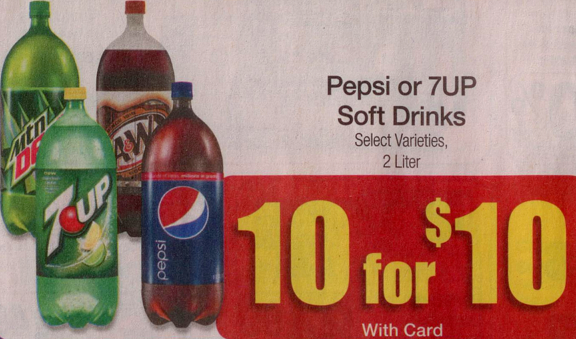In 1974 cognitive psychologists Daniel Kahneman and Amos Tversky identified what is known as the “anchoring heuristic.” A heuristic is essentially a mental shortcut or rule of thumb the brain uses to simplify complex problems in order to make decisions (also known as a cognitive bias). The anchoring bias describes the common human tendency to rely too heavily on the first piece of information offered (the “anchor”) when making decisions (sometimes referred to as the “anchoring effect”). Once the anchor is set, decisions are then made by adjusting around the initial anchor number, regardless of the legitimacy of the actual anchor number.
Kahneman and Tversky performed groundbreaking studies in the fields of decision science, specifically around how people manage risk and uncertainty. They were interested how people formed judgements when they were unsure of the facts. Their anchoring rule states that when we humans are uncertain about the correct answer, we take a guess using the most recent number we’ve heard as a staring point. Various studies have shown that even when subjects are informed about the irrelevancy of the anchor, it is still incredibly challenging to avoid factoring it into decisions.
Here are several examples of the anchoring bias in action:
1. Multiple Unit Pricing
Psychologists Brian Wansink, Robert Kent, and Stephen Hoch studied how multiple unit pricing increased supermarket sales. For example, “On Sale, 4 Rolls of Bathroom Tissue for $2” vs. “On Sale, $0.50/roll” In this particular experiment, the multiple unit pricing performed 40% better than the single unit pricing, even though the sale value is exactly the same. The brain uses the the number four as the anchor.
Want to learn more about the hidden forces that shape our decisions? Read Predictably Irrational by Dan Ariely (his TED Talk on this topic has over 5.5 million views).
2. Purchase Quantity Limits
In another study by Wansink, Kent, and Hoch looked at how setting purchase quantity limits affect buying behavior. We’ve all seen the sign before, there’s something on sale with a sign reading “Limit 12 Per Customer.” Most people conclude this limit is there to protect the store from being wiped out of the sale item of overly-eager bargain hunters. However, this limit serves a very different purpose. Wansink, Kent, and Hoch designed a field study using end-aisle displays to advertise Cambell’s soups for $0.79 per can. A sign was then placed on the display stating “Limit of 12 per person.” The results show that purchase limits can increase sales; shoppers who bought soup from the display with no limit purchased an average of 3.3 cans of soup, whereas buyers with limits of 12 purchased an average of 7 cans of soup. The brain anchors with the number 12 and adjusts downward.
3. Initial Price Setting
Say you’re buying a used car, the initial price offered for a used car sets the standard for the rest of the negotiation, regardless of the legitimacy of the initial price. This way any price lower than the initial anchor price seem more reasonable, even if they are still higher than what the car is really worth. If the salesman can get the customer anchored on the higher price the consumer will estimate that the lower price is a good deal.
Numbers Are Powerful, Even When We Know They’re Irrelevant
Did you know that 57% of bloggers own cats? Conclusive demographic research has shown that a majority of people who blog also own cats. This is a lie. I made the 57% statistic up. In fact, it turns out only 17% of bloggers own cats. Crazy right? I figured more bloggers would own cats. I mean this in the nicest way possible.
Numbers are powerful. Our brains latch onto them, sometimes in seemingly meaningless ways. As it turns out I have no idea what percentage of bloggers own cats, but I bet the 17% seemed far more reasonable than the 57%. Our brains anchored at 57% and then rounded down, making the 17% seem far more realistic and rational because it feels more conservative. But 17% is just as fictitious as 57%.
Th point is, next time you see a sale price or quantity limit or any other number used in a marketing message, just remember, we have no idea how many bloggers own cats.
Want to learn more about the hidden forces that shape our decisions? Read Predictably Irrational by Dan Ariely (his TED Talk on this topic has over 5.5 million views).

